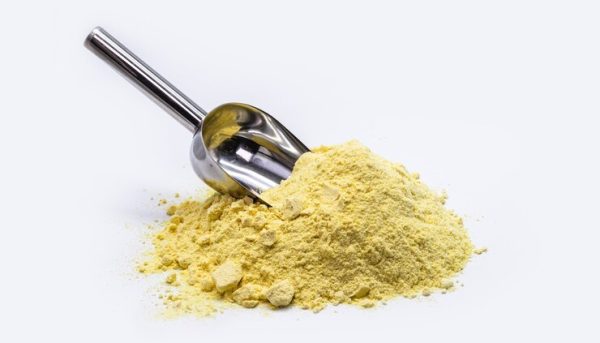We all know that sulfur is widely used in various industries such as industry, agriculture and medicine. In fact, sulfur can also be used in the food industry. It is incredible to say it. Why can sulfur products containing toxic and sulfurized substances become imported food? In fact, the food-grade sulfur products we are talking about are not directly edible, but are an auxiliary agent in the food industry. What scopes are food-grade sulfur products used in?
Food-grade sulfur products are widely used in Chinese herbal medicine, dried fruit, starch, candied fruit, sugar extraction and other food industries, but most of them are generally used for fumigation of these foods, not directly imported products.
The color of food-grade sulfur products is yellow or light yellow grains, flakes or powders. It can burn, 248~261 ℃ is its general combustion temperature, and sulfur dioxide will be produced during combustion. In pure form, there are two types: crystalline and amorphous. There are two main allotropes of crystalline sulfur: α-sulfur or orthorhombic sulfur is stable below 95.6 °C, with a relative density of 2.07 (20 °C), a melting point of 112.8 °C, and a refractive index of 1.957; stable above 95.6 °C is β-Sulfur or monoclinic sulfur, relative density 1.96 (20℃), melting point 119.3℃, refractive index 2.038, insoluble in water, slightly soluble in ethanol and ether, soluble in carbon disulfide, carbon tetrachloride and benzene. Unshaped sulfur is mainly elastic sulfur, which is obtained by rapidly injecting molten sulfur into cold water. It is unstable and quickly transforms into α-sulfur. Molten sulfur boils at 444.6 ° C, can burn, and has an ignition point of 363 ° C. Therefore, food-grade sulfur products are only used in the food industry as an auxiliary in the food production process.

